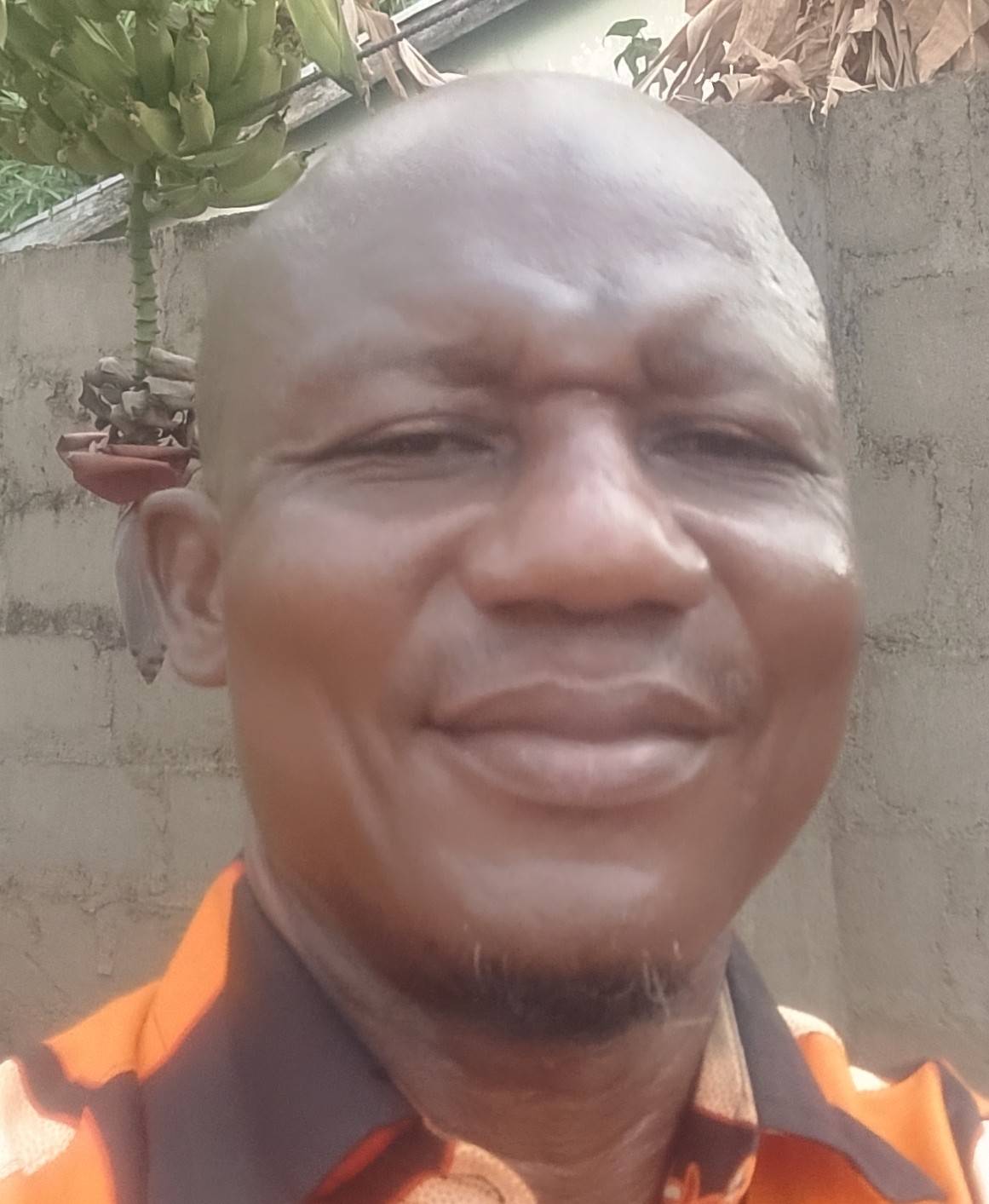Is the Fight against 'Galamsey' Going according to Plan?
Over the last decade or so, illegal mining, or 'galamsey', has been Ghana's biggest social and environmental problem. The uncontrolled mining operations, usually done by indigenous miners using simple machinery, have ruinous implications on the nation's resources. With the government escalating its anti-galamsey campaign, the issue now is: Is the anti-galamsey war going according to plan?
The Causes and Impacts of Galamsey
Galamsey is clandestine mining undertaken by people or groups of persons who do not possess the relevant licenses to conduct such activities. The predominant minerals being mined via galamsey are gold, whose price has risen astronomically, enticing several people into the venture.
The clandestine mining has caused far-reaching environmental devastation. Rivers and water bodies have been poisoned by mercury and chemicals used during mining. Forests have been destroyed, and fertile and cultivable land has been rendered useless. The effect on the ecosystem and biodiversity has been catastrophic. Apart from the destruction of the environment, the operation has also resulted in loss of lives and displacement of people, as fatal mining methods and riverbank collapse landslides claim their toll.
Government Response and Efforts
With the escalation of the crisis, the Ghanaian government enforced various strategies to stop illegal mining. The government, under President Nana Akufo-Addo, launched the "Operation Vanguard" task force in 2017 to conduct an operation against galamsey. The task force is responsible for arresting the illegal miners, seizing equipment, and destroying the mining camps from forest reserves and waterways.
Other initiatives like drafting a mining industry-specific law — the Minerals and Mining Act — and executing the Community Mining Scheme (CMS) to achieve a maximum legal mining in available areas are some of the measures that the government is undertaking. The Ministry of Environment, Science, Technology, and Innovation has also been conducting ground-level efforts to monitor mining operations and enforce environmental standards compliance.
Besides the aforementioned, the government has also worked with civil society organizations (CSOs), communities, and external actors to tackle the issue on all fronts. To involve and empower miners to become legal mining activity, the government has facilitated legal miners' access to training, machinery, and funds by the Ghanaian Minerals Commission.
Challenges in the Fight Against Galamsey
Although the response of the government has been stringent, attempts have had mixed outcomes. Despite the deployment of courts and task forces, illegal mining is a prevalent activity in most parts of the nation. Among the major challenges is the scope of the problem. There are thousands of illegal miners operating throughout the nation, particularly in gold-granted regions such as the Western, Ashanti, and Eastern regions.
Additionally, illegal miners are deeply entrenched in the practice since there are no alternatives to their livelihood. To many communities, galamsey is a source of living and switching to alternative employment is not easy. Many of the miners have proceeded to such an extent as using violence to secure employment against the state that enforcing regulations is not easy.
The other is the political interference that typically prevents effective enforcement. Politicians are accused of being involved in illegal mining either by condoning it or benefiting financially from it. This renders them hard to remove the menace due to their ability to hamper or scuttle anti-galamsey activities.
Positive Signs and Hope for the Future
Despite all these challenges, there has been some positive report regarding the war on galamsey. Public destruction of illegal mining equipment and arrest of major players in illegal mining activity are signs of commitment on the part of government to tackle the issue. Also, the reduction of illegal mining in some water bodies and forest reserves are signs that with steady enforcement, victory is possible.
Besides, human-led initiatives have also been successful. Locals have rallied in some communities in response to protect their natural resources, and local leaders have led the way in organizing awareness-raising campaigns and local bans on illegal mining. Collaboration between the government and locals has helped foster more concerted efforts that have the potential to pave the way for sustainable solutions.
Conclusion
The fight against galamsey in Ghana is actually a fight against the odds. While there have been sincere attempts on the government's part to address the menace, the challenges that have been posed by the entrenched nature of illegal mining, political interference, and poverty continue to be insurmountable. The war is far from being lost, however. With a collective political determination, more investment in diversification of livelihood for the miners, and community participation, there can be hope that galamsey menace can be eradicated in the long term. As the government and stakeholders continue with the war, it is imperative that each member of society becomes and remains committed to saving the environment in Ghana for the yet unborn generations.


